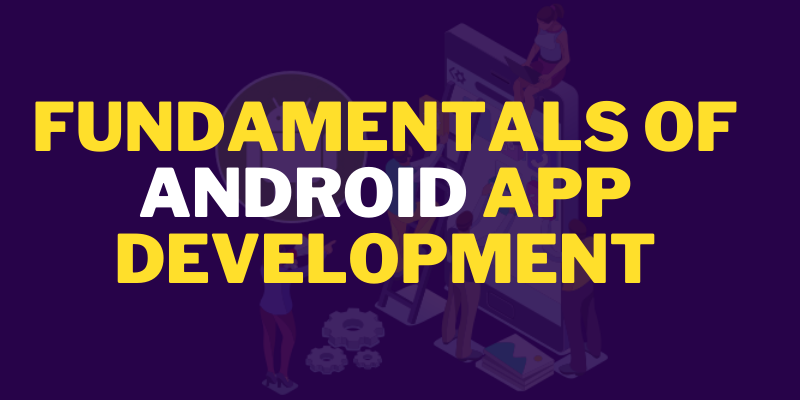Android App Development:
Although learning Android app development may appear to be a difficult undertaking, it may open up a world of opportunities. You may invent the next “it” app that revolutionizes how we work and interact. Perhaps you’ll create a tool that you can use to better your own workflow. Join FITA Academy to learn a new skill of android applications development via Android Training in Chennai with certification that will help you obtain a wonderful career!
Fundamentals of Android App Development
- Be fluent in the language.
The two most common programming languages used in Android app development are Java and XML. As a result, knowledge and expertise in these programming languages are required to create an Android app. The following are some of the principles of the Java programming language:
- Packages
- Collections
- Objects & Classes
- Strings & numbers, generics,
- Inheritance & interfaces
- Concurrency
Understanding Java and XML can assist you in creating a more robust and elegant Android app.
- Familiarity with the Appropriate Application Development Environment and Tools
Before you start working on your app, familiarize yourself with the build automation tools and the integrated development environment if you’re new to Android app development. You can use the Android app studio IDE or Eclipse for the tools; these will help you understand the basics and many other things that will help you improve your code. You can learn about Apache Maven, Apache Ant, and Apache Gradle because they are powerful build management technologies.
It is also critical that you become acquainted with source control principles and technologies. Create a git-source repository after learning git (by creating an account on Bitbucket or GitHub). The Git Pocket Guide can help you learn the fundamental principles and words that govern how the platform works.
- Understanding of Application Components
The fundamental building blocks of Android app development are application components. Each component is a unique entry point for the system into your software. Although each one exists independently and has a distinct purpose, some are interconnected, and not all are actual entry points. To learn more about Android app development, join Android Training in Coimbatore at FITA Academy for the best knowledge.
Each of the five types of app components has its own purpose and life cycle that regulates how they are created and destroyed. The following are the details:
Activities: This component represents a single screen with a user interface (for instance, an email app may have one activity showing a list of new emails, another activity composing emails, and another reading emails). The activities in the app work together to produce a seamless user experience. Each one, on the other hand, is self-contained.
Service: A service is a background component that does work for remote operations or lengthy methods. It lacks a graphical user interface (for instance, it might play music in the background while the user is in a different app).
Content providers:
The component that controls a common set of app data is called a content provider. This component may query and even update data saved on the file system, the web, or an SQLite database (as long as the content provider allows it). This component can also be used to create and read data that is exclusively accessible by your app and is not shared.
Broadcast receivers:
Responding to system-wide broadcast announcements is the responsibility of this component. The system generates the bulk of broadcast receivers, and while they lack a user interface, they can offer a status bar message that warns the user when a broadcast event occurs. It generally acts as a link between the other components and only performs small functions.
Activating components:
Activated components: Intent is a synchronous communication that activates three components (i.e. services, activities, and broadcast receivers). Individual components are also tied to one another at runtime via intents, whether part of your app or not.
Conclusion
Today, 77 per cent of people all over worldwide own a smartphone, and they spend the majority of their time using applications. Indeed, 197 billion apps were downloaded in 2017, assuring that a profession as an Android App Developer is a solid one with plenty of room for advancement. There’s a lot to learn when it comes to Android App development, so start with FITA Academy’s Android Online Training with Placement Assistance.


